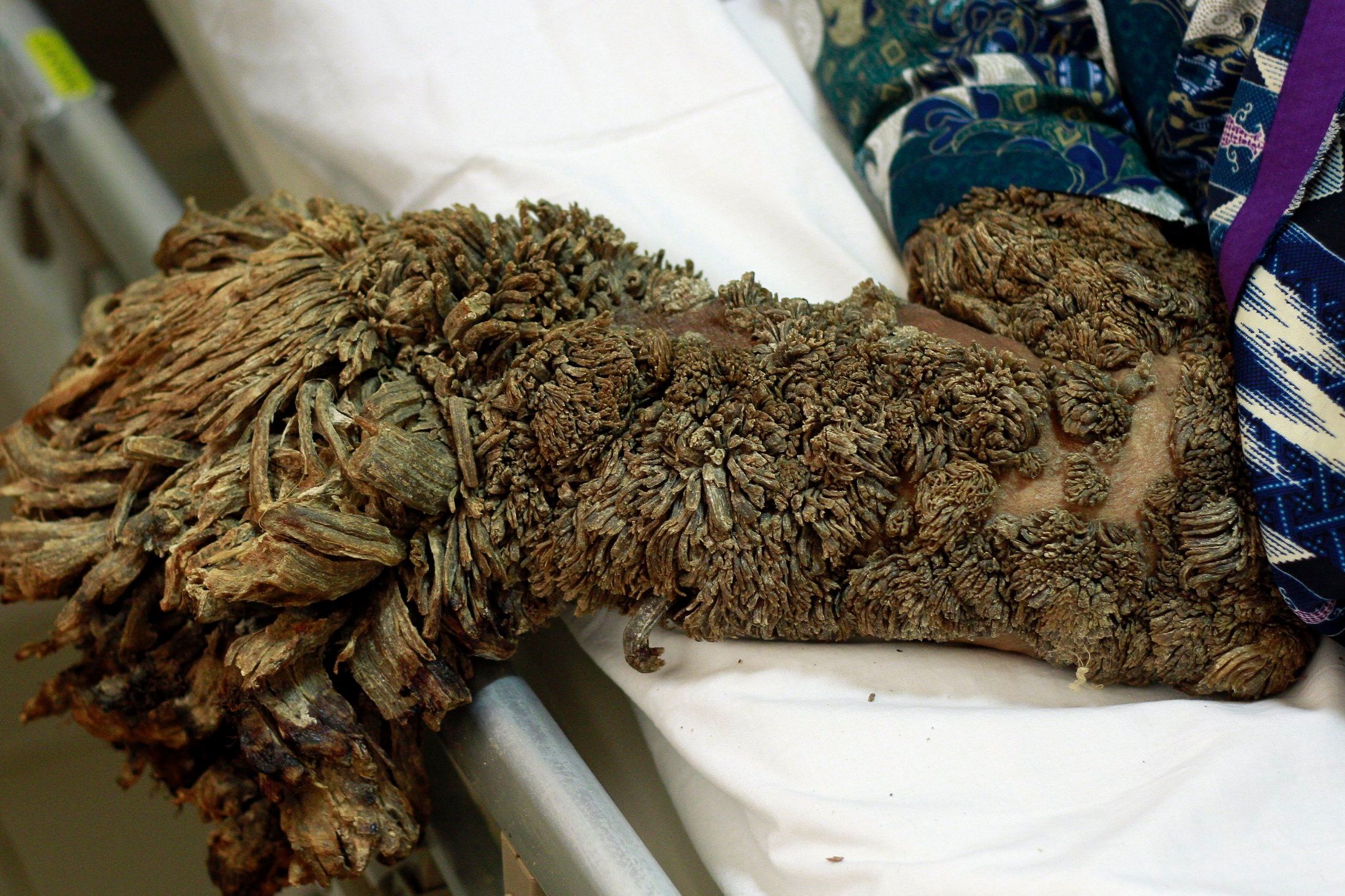WHAT CAUSES EPIDERMODYSPLASIA VERRUCIFORMIS?

EV is a type of genetic disease known as an autosomal recessive inherited disorder.
That means a person must have two abnormal EV genes, which means that the individual has gained an abnormal EV gene from each parents to develop EV.
In most cases of EV, the genetic mutation is sporadic, meaning it developed when the sperm or egg first formed.
These genes can still be passed on to future offspring.
The parents of about 10% of patients with EV are blood relatives (the parents share a common ancestor). In a few cases, sex-linked and
autosomal dominant inheritance patterns have also been reported.
EV is often due to mutation in the EVER1 or EVER2 genes on chromosome 17q25. The mutation decreases cell capacity to fight HPV infections.
People who have EV have a normal immune response to non-HPV infections.
However, for reasons still not completely known, these individuals are more prone to infection with certain HPV subtypes.
There are over 70 HPV subtypes that can cause warts.
But the subtypes most often found in EV are not the same as the those that most commonly cause genital warts and cervical cancer.

|

|
People with EV may have a poor immune response to HPV or other wart viruses.
There have been about 30 HPV subtypes identified as triggers for warts and plaques in people with EV.
The lesions usually start to appear during chilhood and persist. About 7.5% of cases appear in infancy, 61.5% in children aged 5 to 11 years and 22.5%
in puberty. The disease affects both males and females and people of all races. Acquired EV is a result of HIV infection, organ transplantation or a lymphoma.


